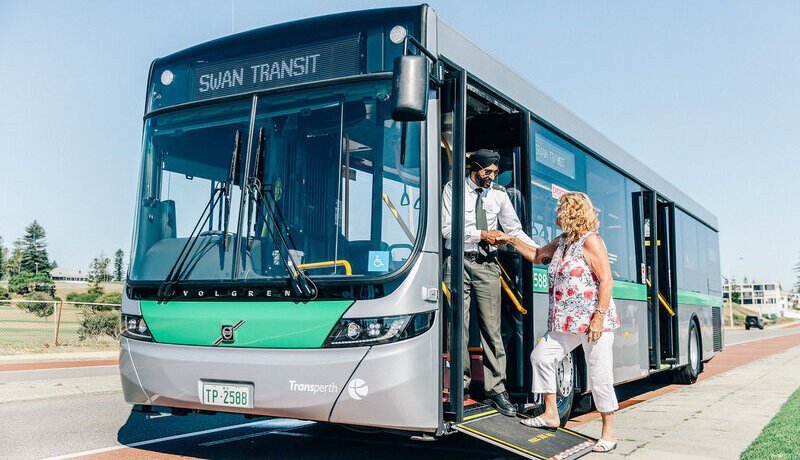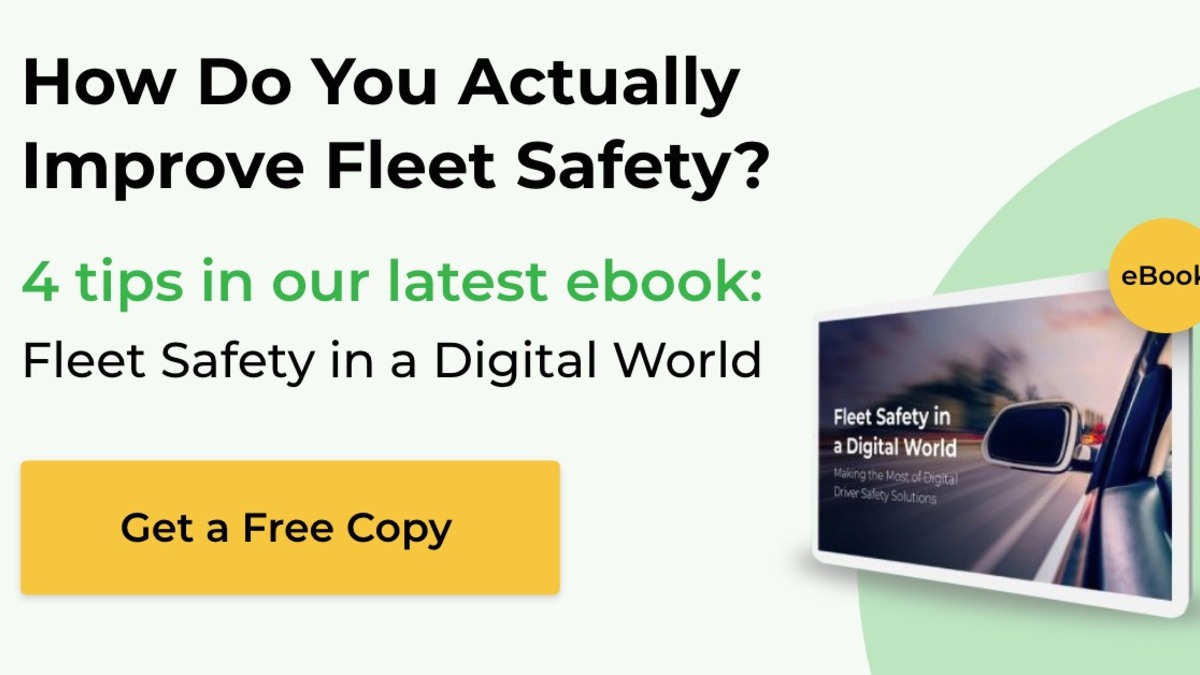Bill Ford Shares Lessons Learned for OEMs and Smart Mobility Providers: Part 1
As the great-grandson of Henry Ford and current executive chairman of Ford Motor Company, Bill Ford thinks about smart mobility more than the average person. During his talk at this year’s SXSW Interactive Conference, he told the audience that he began rethinking Ford’s strategy about 12 years ago, believing Ford wouldn’t stay competitive in business if they didn’t begin to change in some ways.
Fast forward to today: the world is becoming overcrowded and urbanized, with more and more residents moving to large cities and overburdening the current transportation systems. The reality is that the way we’re living is changing, and in tandem, smart mobility must too.
Bill shared his company-backed experiences of pro-actively approaching and embracing the new era of smart mobility, which contained a few valuable takeaways for OEMs and smart mobility providers.
Know your strengths.
While there’s no shortage of startups seeking to solve the growing mobility problem, like Uber and Zipcar, Bill points out that Ford has a long legacy as a company adept at building solid things and fitting new technology into them as they evolve.
Ford was already thinking about solving the smart mobility issues we’re now facing ten years ago, and has since been thinking how their own technology can be part of solving the problem as well as how they can work with others to make smarter mobility a reality.
“It’s not just the technology, it’s the business case you build around the technology,” Bill said. “The technology will probably be ready first, and to me that’s a really interesting challenge. We have to build cars and trucks today, and we have to create this new future. Doing one is hard enough but we have to do both, and we have to do both very well. If we do nothing, we become the ‘handset,’ just making someone else’s products.”
Prepare people for change.
Bill strongly feels the technology for autonomous vehicles and other revolutionary smart mobility options will be ready to hit the market before people will be ready to accept and adopt it. He spoke on an important issue that’s top of mind for fleets and mobile workforces as technology progresses: that as autonomy solves mobility problems on a societal level, there will also be massive job losses and other detrimental effects for individuals.
“The good thing about the mobility issue is that initially there was a lot of resistance,” Bill said. “But now I think people have woken up to the face that we have to start doing things very differently. Autonomous vehicles are not only coming, but they’re going to be an incredibly important part of future transportation.
“Is society ready for it? There’s going to be a lot of jobs lost from technology and we need to get ready for that as a society. The benefit to society will be real, living in our cities will be better, we can turn parking structures into green space. But then you have to think about the impact on individuals. We need to think through the implications now, and start retraining people now and start teaching in schools skillsets that are going to be needed.”
Recognize new opportunities.
After Bill’s realization that Ford needed to begin seeking out new areas of growth, he founded a project within the company called Mega-Cities, in addition to an interior venture capital agency. As part of the Mega-Cities project, Ford has also moved into a consulting role for cities poised to become Mega-Cities, helping them find and integrate smart technologies that will make the city more livable for all residents.
Bill strongly believes that Ford should invest in and support any technology that can solve Mega-City problems, including congestion, air pollution, and health problems, whether those technologies are developed entirely by Ford, coordinated on with other companies, or completely created by a separate entity.
Chariot is one example of Ford’s collaborative efforts in action. Chariot is a crowdsourced shared mobility option, in which large vans pick up people heading on a similar route. This idea is not only great for riders, but also for cities as a whole, which is exactly the kind of comprehensive solution Ford seeks to promote.
“The problem we have with ride hailing today is that there’s at most two passengers, so you’re actually adding vehicles to cities,” Bill said. “While it’s great for an individual, you’re adding congestion rather than solving the problem. You can put up to 14 people in a Chariot, you’re taking vehicles off the road, and they’re a whole lot cheaper. It solves for individuals and it also solves for cities.”
Remember: you’re on a mission.
In Ford’s earliest days, Bill’s great-grandfather had the novel idea to pay the workers building his first cars a hefty $5 per day. He knew paying his workers above average would show his appreciation for their integral work, make them stick around, benefit the entire community, and perhaps even allow them to reinvest in the company by having the funds to buy a Ford automobile.
Bill Ford strongly believes in this same mission of investing in human capital for a moral and societal return at the very least, even if it costs his company a hefty sum. Some of the mission-based technology Ford has collaborated on thus far includes using connected vehicles in rural areas to monitor expectant mother’s health and transmit the data back to doctors, as well as first responder drones that deposit medicine and supplies in natural disaster situations where cars cannot go, like wildfires.
“I think every company’s charge has to be to make people’s lives better,” Bill said. “If they’re not doing that, they probably don’t deserve to exist.”
Bill Ford left more valuable tidbits than could fit in a single blog post. Stay tuned for the rest of the key smart mobility takeaways from his talk coming in part 2 soon.





